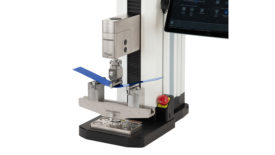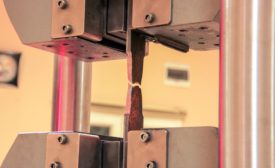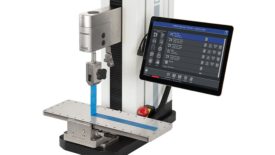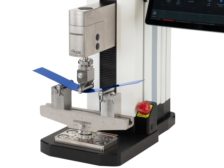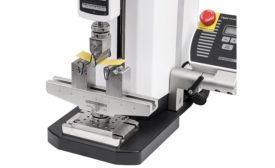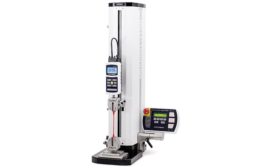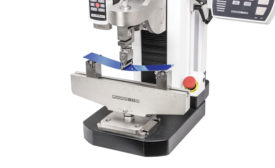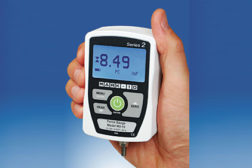Articles by Mark Fridman
NDT | Compression Testing
Advancements in materials science and engineering breakthroughs are possible through the science of compression testing.
Read More
NDT | Force Testing
A Case for Distance Accuracy in Force Measurement
When in doubt, specify a force tester with the tightest and most complete distance accuracy specification necessary for the application.
October 11, 2022
NDT
Quality 101: The Advanced Force Tester
Assuring Material Properties Through Material Testing
February 8, 2022
NDT | Compression Testing
Squeezing the Most Out of Compression Testing
The data derived from compression testers can be helpful throughout the life cycle of a product.
August 15, 2021
Test & Inspection
Navigating Supply Chain Challenges with Force Testing
Recent advancements in force measurement equipment allow quality professionals to better handle unpredictable testing demands.
May 5, 2021
The Universality of a Universal Testing Machine
A staple of quality control laboratories around the world, a UTM is an indispensable asset to quality and engineering professionals.
April 1, 2017
The Importance of Grip Selection in Force Measurement
Putting these rules to work will dramatically improve sample alignment and measurement reliability.
February 1, 2017
Compression Force Testing: Why and How
Effective compression force testing helps avoid quality problems down the road.
November 1, 2016
The Importance of Force Testing
Force measurement results arm quality professionals with the data they need to ensure a reliable supply of high quality products.
November 9, 2015
Harnessing the Power of Digital Force Gages
Measuring force can quantify the behavior and performance of a product.
September 5, 2014
Stay in the know with Quality’s comprehensive coverage of
the manufacturing and metrology industries.
eNewsletter | Website | eMagazine
JOIN TODAY!Copyright ©2024. All Rights Reserved BNP Media.
Design, CMS, Hosting & Web Development :: ePublishing
